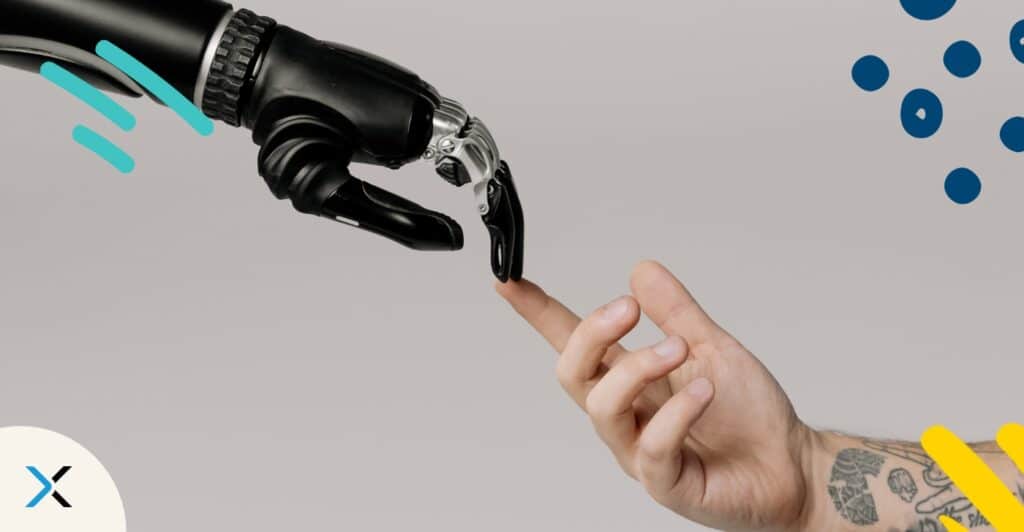Acrolinx blog
The go-to place for content and tech insights, industry updates, and AI exploration
How AI Authoring Tools Have Transformed Technical Writing and Compliance
Discover how AI authoring tools revolutionize technical writing, boosting content quality, ensuring compliance, and streamlining workflows for enterprises. Learn more!
All
- All
- Acrolinx Customers
- Acrolinx Integrations
- Acrolinx Partners
- Artificial Intelligence
- Compliance
- Content Analytics
- Content Automation
- Content Creation
- Content Creation>ChatGPT
- Content Creation>Generative AI
- Content Governance
- Content Guidelines
- Content Hall of Fame
- Content Impact
- Content Longevity
- Content Supply Chain
- Content Translation
- Customer Experience
- DITA
- Financial Services
- Grammar Tips
- Inclusive Language
- Knowledge Management
- Manufacturing
- Marketing
- Pharma
- Product Updates
- Technical Communication
- Technology
- Terminology
- Tone of Voice
- Training
- User Experience











